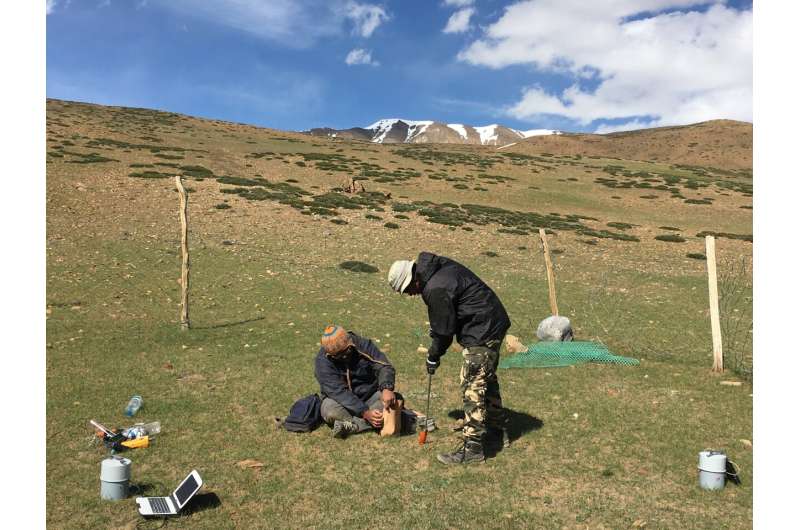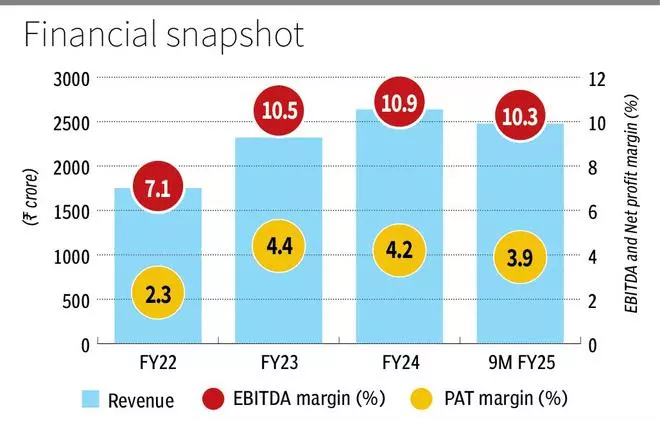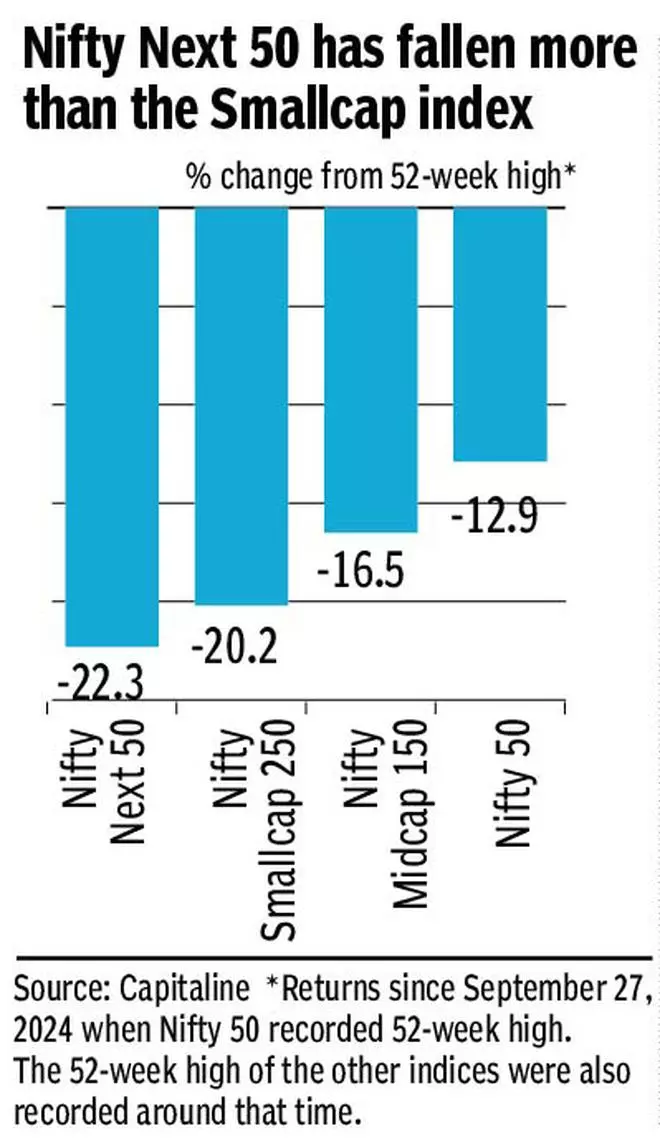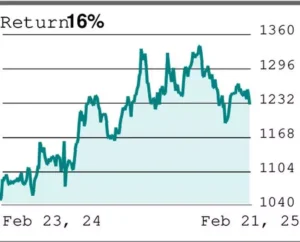Edit Content
Trending






A new study reconstructing extreme rainfall in Arabia has uncovered that rainfall in the region was five times more extreme just 400 years ago, highlighting the need for preparedness amid growing urbanization.
The findings from the University of Miami Rosenstiel School of Marine, Atmospheric, and Earth Science-led study suggest that the last 2,000 years were much wetter, with the region’s climate once resembling a vegetated savannah roaming with lions, leopards, and wolves, unlike its present-day hyper-arid desert. The study was published Feb. 21 in the journal Science Advances.
“As major development projects like NEOM in Saudi Arabia continue to reshape the landscape, these findings underscore the critical need for enhanced climate resilience and disaster preparedness to address the growing threat of extreme weather events in the region,” said the study’s lead author Sam Purkis, a professor and chair of the Department of Marine Geosciences at the University of Miami Rosenstiel School.
Using a remotely operated vehicle (ROV) at over a mile depth deployed from the research vessel OceanXplorer, the research team extracted sediment cores from a deep-sea brine pool in the Gulf of Aqaba, an extension of the northern Red Sea. The brine’s chemistry preserves undisturbed sediment layers, providing a unique and highly accurate record of Late Holocene rainfall trends.
They found that the last 2,000 years in Arabia were much wetter, with the region once a vegetated savannah and about 200 years ago, rainfall was double the current amount.
“This is a key record to fill in the history of Middle Eastern climate. What it tells us is that the climate, both the average and the extremes, can change dramatically in this region, and the assumption of long-term climate stability in future development is not a good one.” said Amy Clement, a professor in the Department of Atmospheric Sciences at the University of Miami Rosenstiel School.
The Middle East is considered a climate hotspot, with increasing flash floods from torrential winter rains, interspersed by harsh droughts, in Arabia causing widespread chaos and humanitarian disasters. The variability of Late Holocene rainfall highlights the need for better flash flood and drought preparedness and understanding future hydroclimate trends as the Middle East rapidly urbanizes. The catastrophic flooding across the Arabian Peninsula in the winter of 2024 underscores the urgency of studying the frequency and triggers of such extreme weather events.
“Utilizing the technology on OceanXplorer in combination with multidisciplinary experts in ocean and climate science we can further our understanding of the linkages between ocean systems and long-term weather and climate trends, to help at-risk areas be ready for the future.” said Mattie Rodrigue, science program director at OceanX.
More information:
Sam J. Purkis et al, A 1600-year record of extreme rainfall in northern Arabia, Science Advances (2025). DOI: 10.1126/sciadv.adq3173
Citation:
Arabia’s rainfall was five times more extreme 400 years ago (2025, February 22)
retrieved 22 February 2025
from https://phys.org/news/2025-02-arabia-rainfall-extreme-years.html
This document is subject to copyright. Apart from any fair dealing for the purpose of private study or research, no
part may be reproduced without the written permission. The content is provided for information purposes only.
©2024. Livebuzznews. All Rights Reserved.